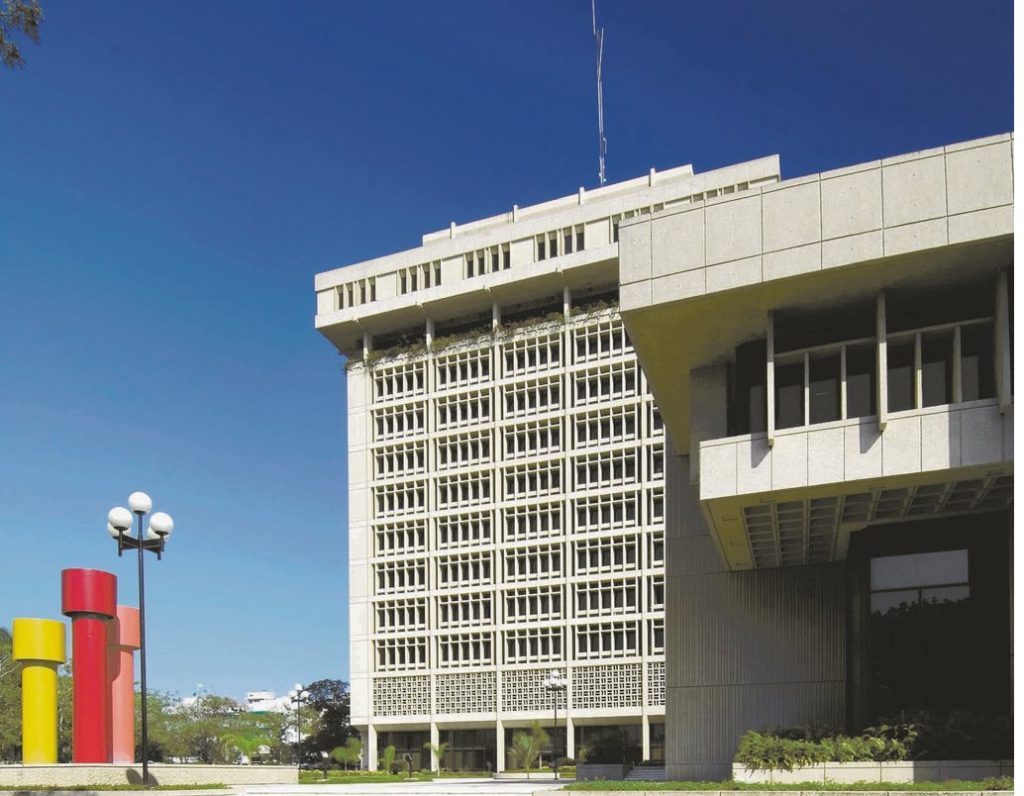
Late last week, there were headlines in all of the local newspapers that the Central Bank of the Dominican Republic was “releasing [billions of pesos] from the legal reserve.” Some of this money, RD$35 billion, was destined to the housing and construction sector for low and medium-income housing projects. But just what is the “legal reserve?”
The “legal reserve” is a requirement imposed by the Central Bank on all financial institutions which requires them to maintain a certain amount of the money deposited by their clients in reserve. It is a move designed to provide stability to the local monetary system.
In the Dominican Republic, commercial banks, like Popular, Reservas or BHD are required to keep 10.6% of their deposits in pesos on hand in this special legal reserve, and 20% of their deposits in dollars are also required. These requirements can vary according to the needs of the Dominican monetary system.
Of the recently announced RD$35 billion released for housing construction, 40% is aimed at low-cost housing, and the other 60% will go towards new home construction and stand-by loans.
The legal reserve can be seen as a useful tool for the Central Bank to regulate the flow of money within the system. For example, during the Covid-19 pandemic, the Central Bank used some of these funds to promote the successful economic recovery of the local economy.
Read more in Spanish:
El Caribe
El Caribe
2 December 2024

